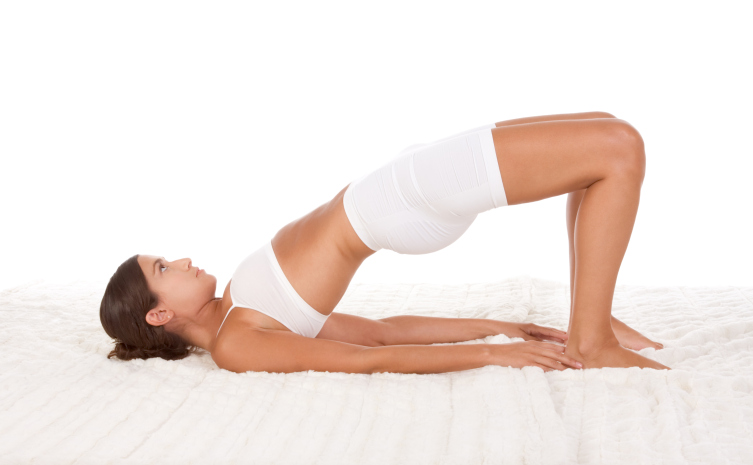 The individual yoga poses, as well because the particular sequence of yoga exercises, are perfectly made to relieve tension in the body. Yoga poses systematically contract or stretch the muscles of the body, releasing tension and resulting in a profound feeling of relaxation. The steady breathing and progressively difficult poses in yoga assist you to relax, gain muscle tone and improve your flexibility and balance. When attempting yoga for the first time, go slow with simple poses that any beginner can perform.
The individual yoga poses, as well because the particular sequence of yoga exercises, are perfectly made to relieve tension in the body. Yoga poses systematically contract or stretch the muscles of the body, releasing tension and resulting in a profound feeling of relaxation. The steady breathing and progressively difficult poses in yoga assist you to relax, gain muscle tone and improve your flexibility and balance. When attempting yoga for the first time, go slow with simple poses that any beginner can perform.
Yoga for beginners doesn’t have to be easy, but we would have liked to create a series that anyone could begin and try without feeling intimidated. This gentle series is centered on helping you start a yoga habit. You are able to worry about more strenuous poses later when yoga has end up part of your day-to-day.
Warrior Pose
Stand with your legs 3 to 4 feet apart. Turn out your right foot 90 degrees and your left foot in slightly. Keeping your shoulders down, extend your arms towards the sides with your palms down. Lunge into your right knee 90 degrees; keep your knee over your foot and don’t ignore it past your toes. Aim your focus over your hand provided you like then switch sides.
Backbends
Backbends can be some of the most uncomfortable poses for beginners, therefore we usually start with some gentle flexion and extension of the spine being an introduction. Since we rarely move such as this in daily life, backbends are essential for spinal health and longevity.
Triangle
The ultimate yoga asana in our beginners yoga class. This yoga pose entails a sideways bending movement that simultaneously stretches, contracts and relaxes all major back muscles. This makes the spine more elastic.
Downward Facing Dog
You are able to transition to downward dog right from your hands and knees. Just straighten your legs and push with your palms, letting your head relax to some neutral position. Focus on pulling your shoulder blades together and gently pressing your heels toward the ground. Relax and breathe in this posture provided you like!
Cat/Cow Pose
This is actually two poses, but they are nearly always done together. They're intended to give flexibility to the back, restoring strength towards the spine and helping prevent spinal injury. First, enter into table, with your hands under your shoulders, and knees under your hips. Start having a smooth flat back with your gaze down at your hands with fingers spread. First, to complete cat pose, round your back, relax your neck and gaze back towards your knees and legs, while pushing into the earth with your hands. This really is all done as you exhale.
Standing Bend
You may either move into a standing bend directly from the downward dog, or you can do it by standing from your kneeling position and lowering yourself down. With regards to Vinyasa flow, the former option is better. For that standing bend, you need to be stood bent over and done with your hands touching the floor. If this is not possible, simply reach down so far as you can. Hold for five breaths.
